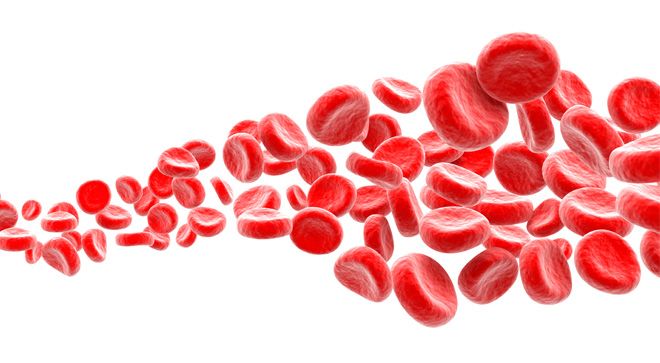Video
Long-Term Data of Imbruvica-Rituxan Combo in Waldenstrom’s Macroglobulinemia Demonstrates ‘Major Step Forward’
Author(s):
In an interview with CURE®, a Waldenstrom’s macroglobulinemia expert discusses the long-term benefits of the targeted combination of Imbruvica and Rituxan.
Data from a five-year analysis demonstrate that the targeted therapy combination of Imbruvica (ibrutinib) and Rituxan (rituximab) remains a superior long-term option for patients with Waldenstrom’s macroglobulinemia (WM) regardless of multiple patient characteristics, according to Dr. Christian Buske.
Buske, of the Institute of Experimental Cancer Research and University Hospital of Ulm in Germany, presented data from an analysis of the phase 3 iNNOVATE study at the 2020 ASH Annual Meeting and Exposition showing how Imbruvica in combination with Rituxan is the better choice for patients with WM than chemotherapy. According to Buske, this treatment will have better outcomes for patients with also less side effects overall.
Transcription:
What we can say is that (Imbruvica) and (Rituxan) is at least as efficient as (Rituxan) chemotherapy, and the data which we have points to the fact that it's probably more efficient. It's not a direct comparison, we have to say the trial does not directly compare Imbruvica and (Rituxan) to (Rituxan) and chemotherapy. These kinds of trials are planned, but what we can say is when we do an historical comparison between the data we have now in this trial with data from former studies, which tested (Rituxan) chemotherapy. We have to say that (Imbruvica) (Rituxan) has at least the same potential as classical chemotherapy and I think this is a major step forward.
Compared to chemotherapy, this is a targeted therapy. Chemotherapy is very unspecific in some way but (Imbruvica) targets specific kinase, which is important for the growth of WG cells. The combination we are using is (Imbruvica), which I just explained, plus an anti-CD20 antibody in (Rituxan). So, we talked about this ultra-targeted therapy because it specifically binds to a surface protein which is expressed, and which is visible on WG cells. Both compounds then act together in the sense that they are both targeting different important molecules, which are responsible for malignant growth in this disease.





